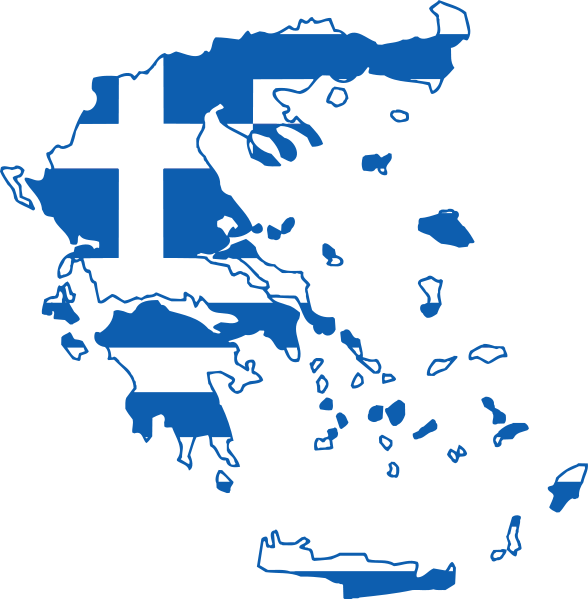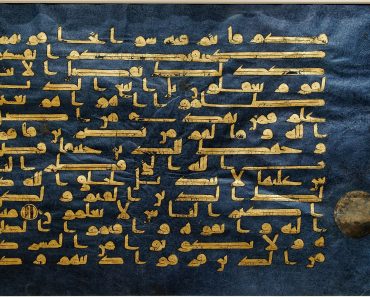Archaeologists from the Austrian Archaeological Institute and the Greek Ministry of Culture have made remarkable progress in unearthing a large ancient temple complex at Kleidi-Samikon, believed to be dedicated to the god Poseidon.
Originally identified in 2022, the temple’s scale and unusual architectural design are now becoming clear, with recent excavations revealing that the structure measures approximately 28 metres in length and nearly 9.5 metres in width. The temple features two main rooms, a vestibule, and potentially a rear hall, making it one of the most significant sanctuary finds in Greece in recent years.

The temple’s unique two-room layout has intrigued researchers, who propose that it may have served as a shared worship site for multiple deities or as a central gathering space for the Triphylian League, a coalition of nearby cities with common religious and cultural ties. Birgitta Eder, head of the Athens branch of the Austrian Archaeological Institute, emphasised the temple’s unusual design, noting that “we know of no comparable buildings.”
This year’s excavation has revealed further insights into the temple’s construction, including renovations made during the 4th or early 3rd century BCE. According to Erofili-Iris Kolia, director of the Ephorate of Antiquities of Elis, the temple’s original 6th-century BCE roof tiles were reused as insulation for the floor, an ancient technique that still provides stability today.

Significant artifacts unearthed include a fragile bronze plaque inscribed with an extensive inscription, which researchers carefully removed with surrounding earth to protect its delicate state. X-ray imaging has already begun to reveal portions of the inscription, which Eder noted could offer critical insights into the sanctuary’s history. Another notable discovery is a nearly intact marble basin, or perirrhanterion, used in ancient purification rituals. Recovered in fragments, the basin measures about one meter in diameter and has been partially restored using iron clamps, likely from an ancient repair.

The temple’s location matches descriptions by ancient historian Strabo, who referenced a Poseidon temple nestled within a grove of olive trees near the coast, which was closer to the sea in antiquity. The site’s proximity to the ancient fortress of Samikon suggests its dual role as a religious center and a strategic location, possibly serving as a regional hub for communication and identity among the Triphylian cities.

As vegetation clearing continues, the team has uncovered a double-walled boundary structure, which may have served as flood protection, first identified by archaeologist Wilhelm Dörpfeld in the early 1900s. The ongoing research is a collaborative effort between Austrian, German, and Greek experts, supported by funding from the Gerda Henkel Foundation. Further excavations are planned to explore additional structures within the sanctuary complex, including possible altars, treasure houses, and pathways, offering new insights into the religious and cultural significance of this monumental site.
(Source: Archaeology Mag)






